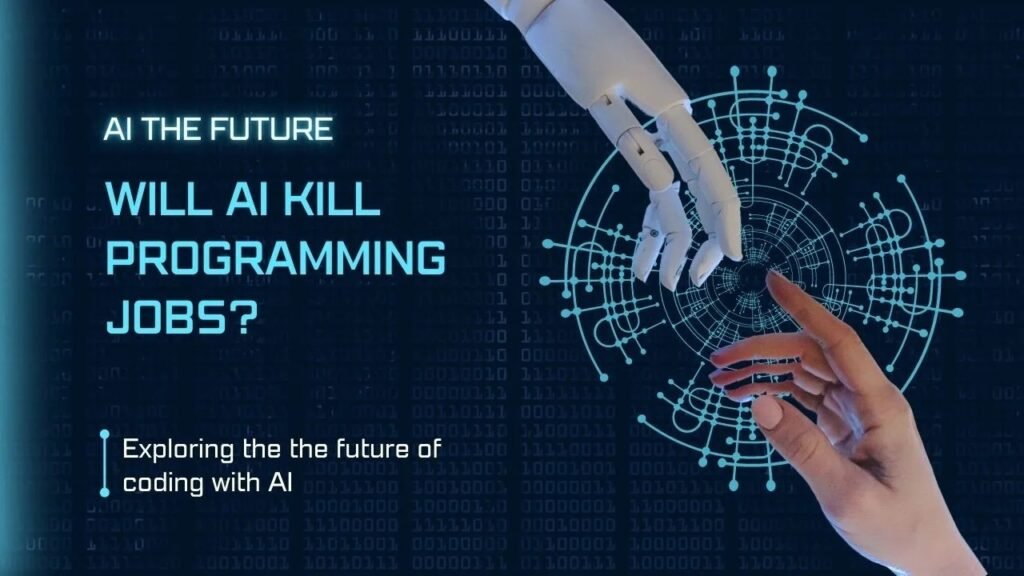Introduction: Artificial Intelligence (AI) is not just revolutionizing the way we interact with technology; it’s poised to transform the very process of programming itself. This article explores the pivotal role AI is set to play in the future of programming, from code generation to optimization, and envisions how this synergy will shape the landscape of software development.
1. Intelligent Code Generation: From Assistance to Autonomy
Description: AI is becoming a valuable assistant in code generation, aiding developers in writing more efficient and bug-free code. This section examines how AI-driven tools, powered by machine learning algorithms, can analyze patterns, understand context, and generate code snippets. The future holds the promise of even more sophisticated AI systems that can autonomously generate substantial portions of code, allowing developers to focus on high-level design and problem-solving.
2. Code Optimization and Performance Enhancement
Description: As software systems grow in complexity, optimizing code for performance becomes increasingly challenging. AI steps in as a key ally in this endeavor. This section explores how AI algorithms can analyze runtime behavior, identify bottlenecks, and automatically optimize code for efficiency. The future of programming will likely see AI-driven tools seamlessly integrating performance enhancements, ensuring that applications run faster and consume fewer resources.
3. Bug Detection and Automated Debugging
Description: Debugging, an integral part of the programming process, can be time-consuming and error-prone. AI brings a fresh perspective by automating bug detection and diagnosis. This section delves into how AI tools can analyze code, identify potential issues, and even suggest fixes. Future programming environments are likely to feature AI-powered debugging tools that significantly reduce the time spent on troubleshooting, leading to more robust and reliable software.
4. Natural Language Programming Interfaces
Description: The future of programming may see a shift from traditional coding interfaces to more intuitive natural language interfaces. This section explores how AI, with its natural language processing capabilities, can enable developers to communicate with their systems in plain language. This paradigm shift could democratize programming, allowing individuals with diverse backgrounds to express their ideas and create software without extensive coding knowledge.
5. AI-Generated Testing and Quality Assurance
Description: Ensuring the quality of software is a critical aspect of the development process. AI is poised to revolutionize testing and quality assurance by automating the generation of test cases, predicting potential vulnerabilities, and continuously monitoring software behavior. This section envisions a future where AI actively contributes to maintaining high software quality standards, reducing the likelihood of post-deployment issues.
6. Collaborative Coding with AI-Assisted Pair Programming
Description: Pair programming has been a collaborative practice in software development. AI introduces a new dimension to this collaboration by providing real-time suggestions, identifying potential issues, and offering alternative solutions. This section explores the future of pair programming where developers are seamlessly assisted by AI, fostering a symbiotic relationship between human creativity and machine intelligence.
Conclusion: AI’s role in the future of programming is not about replacing human developers; it’s about augmenting their capabilities and streamlining the development process. From code generation to optimization, bug detection, natural language interfaces, testing, and collaborative coding, AI is set to become an indispensable ally for programmers. As we embrace this era of AI-driven programming, the focus shifts from routine coding tasks to creative problem-solving, innovation, and the rapid delivery of high-quality software. The future promises a harmonious collaboration between human ingenuity and artificial intelligence, reshaping the way we perceive, create, and maintain the software that powers our digital world.




